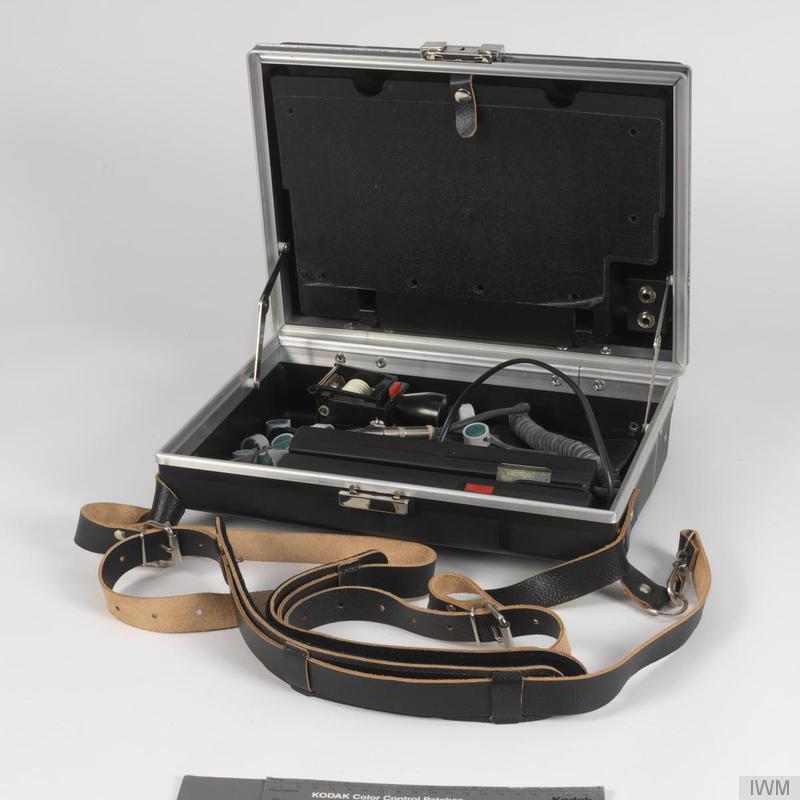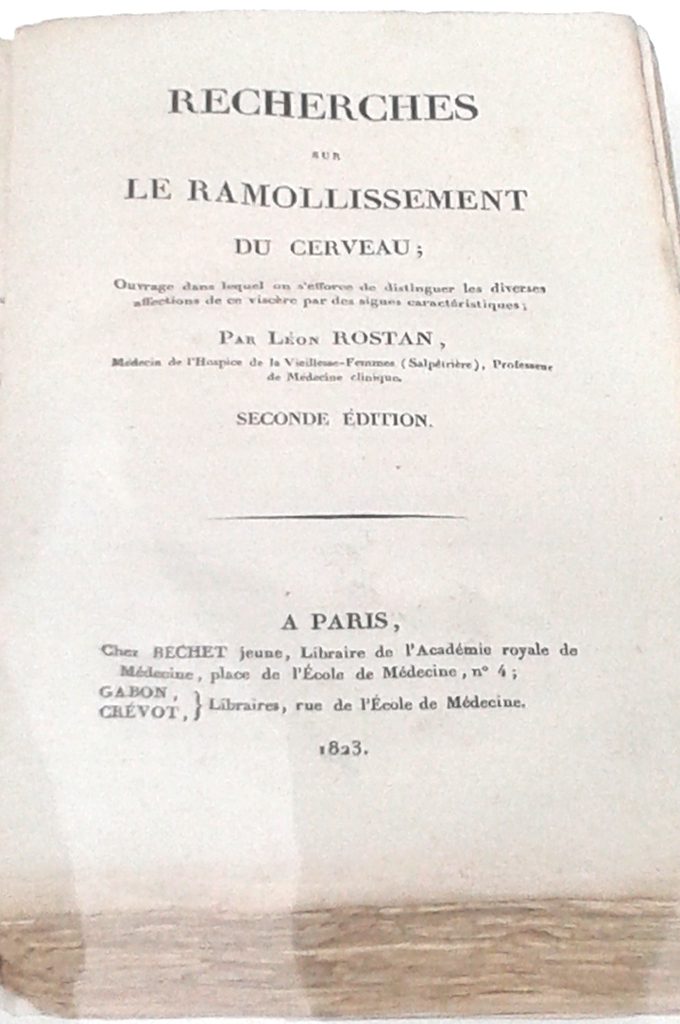
Artificial intelligence
A dilation of the soul-itself
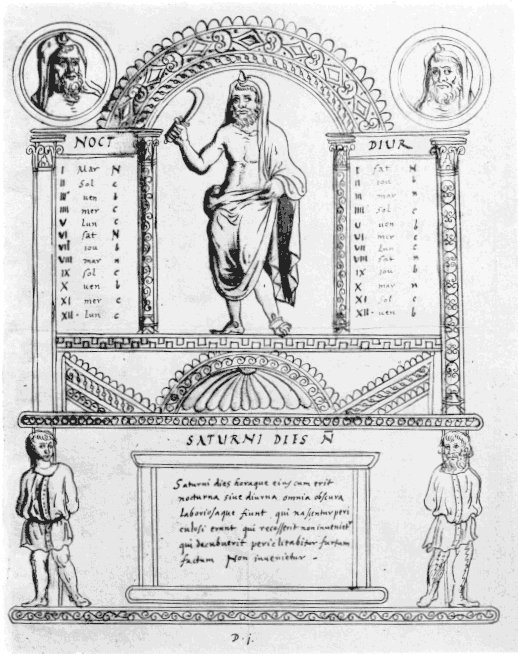
Aurelius Augustinus was born on 13 November 354 to the small-landowning Aurelii of Thagaste, an “obscure provincial city” in the uplands of Roman Numidia; and in the year of his birth the Christian emperor in Milan devised this new imperial epithet: “Eternity.” He died as Augustinus Hipponiensis, in the Vandal-besieged city of Hippo Regius —fronting the Numidian coast, not far from Thagaste—on 28 August 430.
As of this writing, then, Augustine is ‘long dead.’ And this expression, however banal, is suggestive, since Augustine asked when he was still living: “Where is the time we call ‘long’?” Or said differently: What is the condition of possibility of a Greek poet’s trope like “the long years of time” (τῷ πολλῷ χρόνῳ), or a hackneyed Latinism like “the space of time” (spatium
temporis)?
For Augustine in Confessions XI—as for Aristotle in the Categories and Physics, or Cicero in De Natura Deorum—the Greek χρόνος and Latin tempus signify, in the first instance, a space of time. Thus, to ask with Augustine, in Confessions XI, “What is time?” is also necessarily to ask this: What is time’s dimension or space?
In the Eighty-Three Questions, Augustine alludes to star-clocks that could subdivide hours into “sixty minutes” (sexaginta minutas), minutes into “seconds” (minutas minutarum). In Confessions XI, he then speculates that seconds could be subdivided into “hyper-minimal instants” (minutissimas momentorum). Only such a ‘microsecond,’ only a “hyper-minimal point of time” is ever present.
This is why Augustine asks in Confessions XI, ‘Where is the time we call long?’ He responds, “in the soul.” And what is the space of time? In the last pages of Confessions XI, Augustine suggests that it is “some dilation” (quandam . . . distentionem), and apparently, “a dilation . . . of the soul-itself” (distentionem . . . ipsius animi).
David van Dusen. The Space of Time: A Sensualist Interpretation of Time in Augustine, Confessions X to XII. Leiden: Brill, 2014. (pp 1-4)
Detecting the Manchurian Candidate
In the Manchurian Candidate, it is revealed that the Communists have been using the soldier Shaw as a sleeper agent, a guiltless assassin subconsciously activated by seeing the “Queen of Diamonds” playing card while playing solitaire. Provoked by the appearance of the card, he obeys orders which he then forgets.
Isn’t an image just like a sleeper agent waiting for the trigger when passed in a detection algorithm?
How to develop a picture from a corpse’s eye
 “The morning of November 16, 1880, Wilhelm Friedrich Kühne (1837–1900), a professor of physiology at the University of Heidelberg, dissected the head of an executed murderer in his dark room within minutes of the man’s death. Kühne worked around the contracting muscles in the left eye socket to remove the eye and develop an image from the retina of the last thing this man saw.”(1)
“The morning of November 16, 1880, Wilhelm Friedrich Kühne (1837–1900), a professor of physiology at the University of Heidelberg, dissected the head of an executed murderer in his dark room within minutes of the man’s death. Kühne worked around the contracting muscles in the left eye socket to remove the eye and develop an image from the retina of the last thing this man saw.”(1)
According to Douglas Lanska in “Optograms and Criminology: Science, News Reporting, and Fanciful Novels,” (from Literature, Neurology, and Neuroscience: Historical and Literary Connections) Kühne equated “vision to a repetitive photographic process” and he considered the eyes to be “whole photographic workshop.”1 He believed it was possible to develop images, like photographs, from the eyes of the dead. Kühne called the image fixed on the corpse’s retina an optogram, and the process of developing this image optography. If his experiment on the murderer’s head was successful, then optopgrahy had the potential of revolutionizing the investigation of violent crime.
Read more on Strange Remains’ blog
1. Lanska, D. (2013) Optograms and Criminology: Science, News Reporting, and Fanciful Novels. In Stiles, A; Finger, S.; and Boller, F (Eds.), In Literature, Neurology, and Neuroscience: Historical and Literary Connections. Oxford, UK: Elsevier.
A printing press of one’s own
A museum without walls has been opened to us, and it will carry infinitely farther that limited revelation of the world of art which the real museums offer is within their walls: in answer to their appeal, the plastic arts have produced their printing press.
Museum Without Walls, André Malraux.
Containment
The minimal message of a photograph may be less simple than we first thought. Instead of it being: I have decided that seeing this is worth recording , we may now decode it as: The degree to which I believe this is worth looking at can be judged by all that I am willingly not showing because it is contained within it.
John Berger, Understanding a photograph, 2013.
Regression = prediction
[…] these sorts of problems break down into two types: regression problems, in which you need to predict some number, such as weight, given a bunch of other numbers, such as height; and classification problems, in which you need to assign a label, such as spam, given a bunch of numbers, for examples word counts for spammy words such as “viagra” and “cialis”.
Machine Learning for Hackers, Drew Conway, John Myles White, 2012.
The term “regression” was coined by Francis Galton in the nineteenth century to describe a biological phenomenon. The phenomenon was that the heights of descendants of tall ancestors tend to regress down towards a normal average (a phenomenon also known as regression toward the mean). For Galton, regression had only this biological meaning, but his work was later extended by Udny Yule and Karl Pearson to a more general statistical context.
From Wikipedia
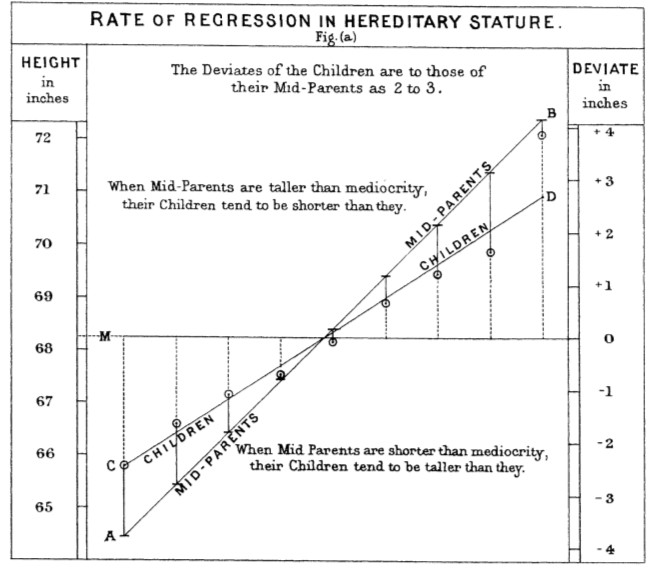
Green Mamba
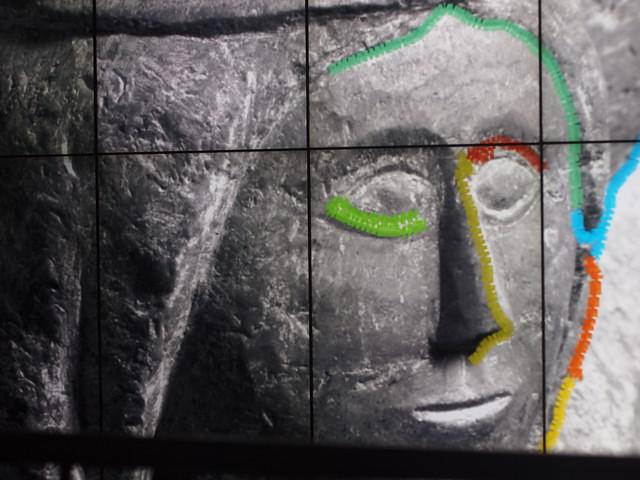
Tensorflow, an open source library for Machine Learning developed by Google, comes with a demo program that labels images. The output of the program contains the labels (or class names) and their scores. The score represents the probability of the image to belong to a certain class.
green mamba (score = 0.43074)
vine snake (score = 0.18073)
shoji (score = 0.02248)
shower curtain (score = 0.01834)
African chameleon, Chamaeleo chamaeleon (score = 0.01708)
The program uses a model trained with the ImageNet dataset. So here is what the model used to create an internal representation of what a green mamba is. Add a touch of shower curtain and what do we get: comparative vandalism?
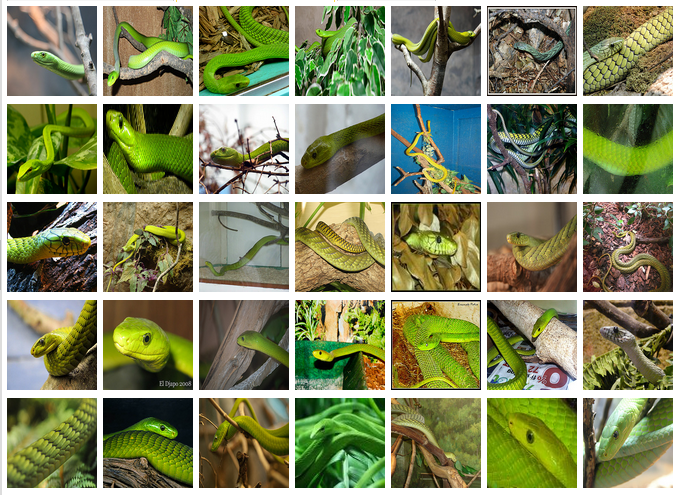
The princess and the pea

Trying to come to grips with how a visual search engine works, I worked my way up to Chapter 7 of Programming Computer Vision: Searching Images. The chapter introduces the concept of a "bag of visual words" representation that provide a means of searching images by using techniques common to text-based search engines. The description of the technique begins:
Bochman’s face recognition system
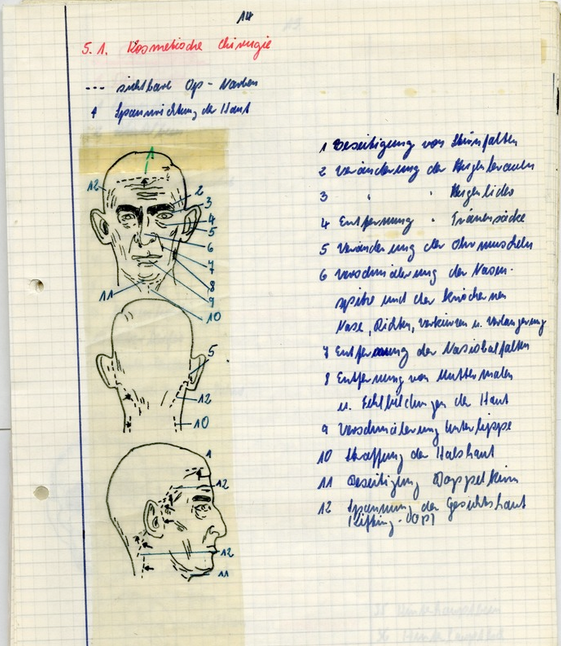
The Major Bochmann was head of the passport division on the Eastern side of Checkpoint Charlie […]. He developed a facial recognition system, designed to teach the border guards to scrutinize faces and look for features that cannot be altered. The aim was to assess the authenticity of passport photos for those who were trying to leave East Berlin.
Bochman published the booklet ‘Merkmale des Auberen von Personen’ that contains full details of facial and other physical characteristics for use in identifying people. The booklet was part of the equipment of the border’s patrol control officer. Interesting to see the collection of objects that were in the same case.
See the item in the collection of the Imperial War museum.
